Hapag-Lloyd again reports a net profit in the third quarter
Following on from the second quarter, Hapag-Lloyd once again generated a profit in the third quarter of the current financial year, primarily as a result of substantial cost reductions. Between July and September 2013, the group recorded a profit of EUR 16.6 million, despite freight rates that continued to deteriorate. The average freight rate in the third quarter was USD 1,476 per TEU, which was well below the previous year’s figure of USD 1,647 per TEU. In contrast, the transport volume increased by 8.6%, from 1.28 to 1.39 million TEU. Revenue came to EUR 1.664 billion, a decline on the prior year’s quarter (EUR 1.765 billion), largely due to exchange rate effects. The group achieved an operating result of EUR 66.9 million and EBITDA of EUR 133.6 million in the third quarter.
The rate increases announced in the third quarter could not be achieved sufficiently in the market. This also had an impact on the average freight rate for the first nine months, which at USD 1,506 per TEU was 4.3% lower than the prior year (USD 1,574 per TEU). In contrast, the transport volume between January and September increased by 3.6% year on year to 4.11 million TEU (previous year: 3.96 million TEU), although this was not enough to fully offset the decline in the freight rate. At the nine-month mark, revenue totaled EUR 5.022 billion. The approximately 2.7% year on year decline (from EUR 5.160 billion) is almost entirely attributable to exchange rate effects, in particular the weakness of the US dollar. Adjusted for exchange rate effects, revenue remains at the same level as the prior year.
At the end of the first nine months of the current financial year, cumulative EBITDA came to EUR 305.4 million, which was a sizeable EUR 60.4 million increase on the previous year’s figure. There was a more than fourfold increase in the positive operating result to EUR 80.4 million (previous year: EUR 17.9 million). Hapag-Lloyd was able to use the third quarter to further reduce the losses incurred in the first quarter, which is always weak, but failed to offset them due to the disappointing freight rate level. The group posted a cumulative net result of EUR -56.1 million in the first nine months of the year, which is EUR 38.0 million higher than in the previous year.
The improvement in earnings in the first nine months was due to the company’s sizeable, global cost savings as well as a slight drop in the bunker consumption price. Fuel costs averaged USD 617 per tonne between January and September (previous year: USD 665 per tonne) and therefore remain very high in conjunction with freight rates that are clearly too low.
Investments of EUR 588.5 million were made in the first nine months of 2013, in particular in ships and containers. Long-term financing has already been secured for the vessels on order and all the investments in containers which have been made and are planned. Equity of approximately EUR 3 billion and an equity ratio of 41.8% (as at 30 September) illustrate that Hapag-Lloyd’s financial structure remains sound. With liquidity reserves of over EUR 690 million (including unused credit lines as at 30 September), the company is securely positioned for the future. < Korea Shipping Gazette >
많이 본 기사
- 국제물류업계, 광양항 마지막 배후단지 활용법 모색한다‘일상이 된 물류시장 불확실성’, AI·친환경이 돌파구‘고환율·저운임’ 글로벌 물류기업 일제히 부진한 실적 신고‘수요 둔화 지속’ 컨운임지수 한주만에 1300선으로 후퇴DHL, 중동 두바이에 차세대 물류허브 개소한국해양대, 장금상선등 해운사와 해양인재 양성방안 모색해운협회, 부산항도선사회와 CCTV 활용 안전도선 업무협약KMI, 우리나라와 북극권국가 협력 방안 모색2028년 유엔 해양총회 한국 유치 확정벌크선시장, 급등 이후 조정 '속도 조절 들어가나'
- 전재수 해수부 장관 사의…“해양수도권 차질없이 육성되길”쿠팡 박대준 대표이사 사임…“개인정보 유출 책임 통감”日 ONE 운항 9100TEU급 컨선 화재…공동해손 선언윌로그, 벤처창업진흥유공 대통령 표창 수상아시아나IDT, 산업안전세미나 개최…‘플랜투두’ 확산 전략 공유아로아랩스, 중기부 창업지원프로그램 선정…연구개발 자금 확보부음/ 해운조합 최종진 본부장 빙모상조선기자재硏·이마린·그린에너지솔루션, 친환경선박 배출수 기술개발...경운대, 국제항공운송협회와 대학 최초 교육협약 체결인천항만공사, 전기차 화재대응 안전역량 강화 나선다





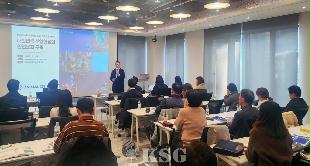



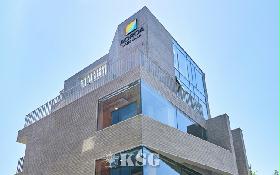
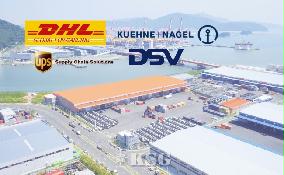

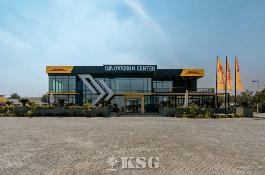
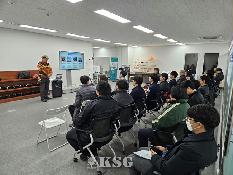




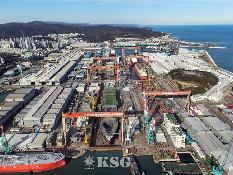
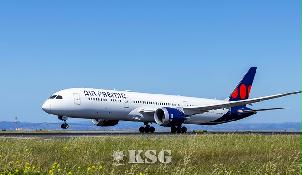
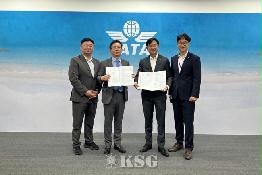

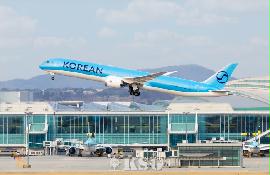


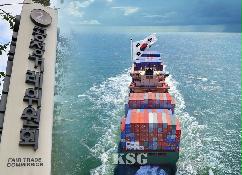
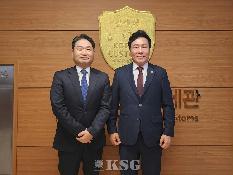

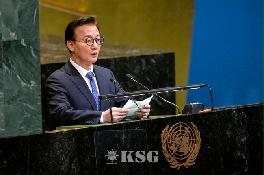
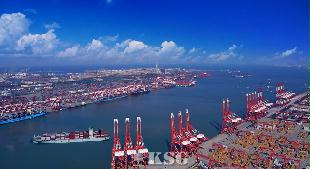
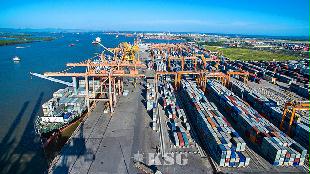
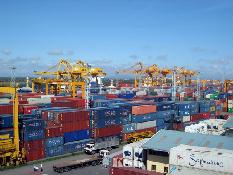






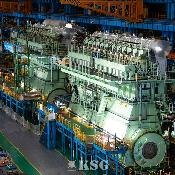
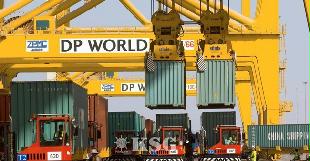

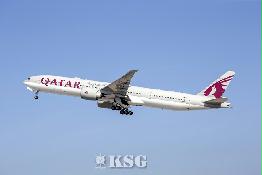





















0/250
확인